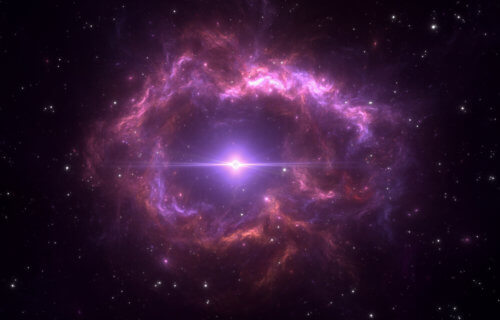BALTIMORE — There are several critical ingredients that make up all life on Earth — hydrogen, oxygen, nitrogen, and especially carbon. A team of scientists have announced they’ve discovered how these elements spread throughout the universe. Researchers at Johns Hopkins University say dying stars are responsible for breathing life into the cosmos, shedding chemical elements like carbon during the end of their life cycle.
The study, published in Nature Astronomy, explains that these stars spread ash from their surfaces throughout space as they die and turn into objects known as white dwarfs. The gusts of ash they produce carry elements into the expanse of the universe; nourishing other planets.
These elements eventually form new cosmic structures. The findings shed new light on the origins of carbon in our galaxy, one of the most important elements of life.
Dueling theories: White dwarfs or supernova?
Astrophysicists have been debating the origin of carbon in the Milky Way for years. Some astrophysicists believe stellar winds, the flow of material from a star, carry carbon-rich materials from white dwarfs. Others think carbon comes from supernovae, the explosion of a star.
These new findings help the scientists in the white dwarfs camp.
“The findings pose new, stringent constraints on how and when carbon was produced by stars of our galaxy, ending up within the raw material from which the Sun and its planetary system were formed 4.6 billion years ago,” says Jeffrey Cummings of Johns Hopkins in a media release.
Dwarfs are bigger than we thought
Researchers examined data collected from the Keck observatory in Hawaii between August and September 2018, looking for white dwarfs among the thousands of stars analyzed. The scientists then created models of the white dwarfs so they could track the mass of each star from its birth to its dying days. This led to a shocking discovery for the astrophysicists.
The study authors say the stars significantly increase in mass over their lifetime. They then found that white dwarfs are much bigger than previous scientists have theorized.
The Johns Hopkins team adds this discovery explains how stars with a low mass are able to send their carbon out into the Milky Way.
Their models show that the stripping of the carbon-rich outer layer occurs slowly enough to allow a star’s core, the future white dwarfs, to keep growing as they launch the building blocks of life into the galaxy.
Like studies? Follow us on Facebook!
